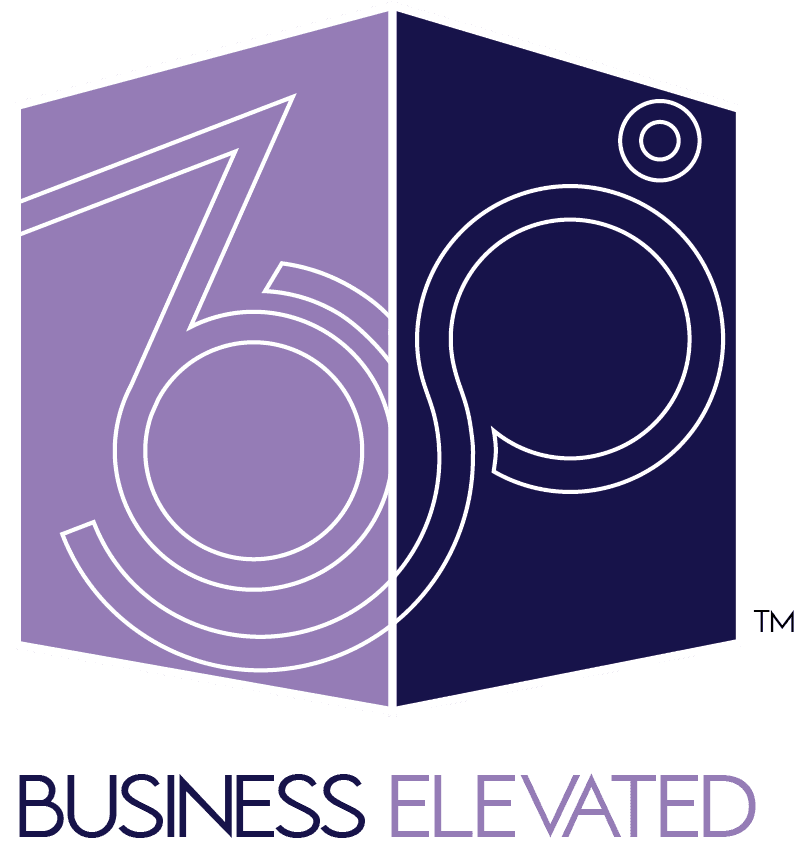The Psychological Aspect of UX Strategy: Understanding User Behavior
Throughout the fast-paced world of User Experience (UX), one frequently stands at the forefront of design, intricately crafting wireframes and engineering responsive layouts. However, beneath these tangible layers, a profound essence thrives, driven by an intricate force: the human psyche. Understanding the psychological underpinnings of user behavior is not a mere aspiration; it stands as an indispensable cornerstone of effective UX strategy.
Navigating the Cognitive Labyrinth
At the core of UX lies cognition – the realm of how users think, perceive, and process the digital domain. One fundamental concept here is cognitive load, a metric that quantifies the mental exertion a user must invest during an interaction. Have you ever felt overwhelmed while navigating a cluttered website? That’s an illustration of excessive cognitive load in action. The reduction of this cognitive burden streamlines user interactions, ensuring they flow seamlessly and intuitively.
Emotional Design: Beyond Aesthetic Appeal
Emotions hold considerable sway over our decisions and perceptions. In UX, emotional design elicits specific user emotions, elevating engagement and satisfaction. It goes beyond mere aesthetics; it’s about evoking the right feelings, whether trust, curiosity, or excitement.
Behavioral Economics: Deciphering the Digital Choreography
Beyond conventional economic theories, behavioral economics acknowledges that humans often exhibit irrational behavior. Digital experiences are not exempt from this truth. Recognizing phenomena such as the ‘anchoring effect‘ (our propensity to rely on the initial piece of information encountered) can be a game-changing revelation in UX strategies, shaping the presentation of information and framing choices.
FAQs: Unlocking the Psychology of UX
Q1: How can psychological principles enhance website UX?
A: By comprehending innate human behaviors, designers can anticipate user needs and reactions, crafting experiences that feel intuitive and user-friendly. It’s about harmonizing design with the human psyche.
Q2: What role does color psychology play in design?
A: Colors are more than just visual elements; they evoke emotions and perceptions. Blue might instill trust, while red can invoke a sense of urgency. Utilizing color psychology means selecting palettes not just for aesthetics but for the emotions they evoke.
Q3: How can one recognize prevalent user behavior patterns?
A: Consistently reviewing analytics, conducting user testing, and staying informed about behavioral research can shed light on emerging patterns. It’s a fusion of data-driven insights and an understanding of human psychology.
Engage With Us!
How can understanding cognitive load and emotional design enhance user engagement on your website?
Conclusion:
Taking a step back, it’s truly astonishing to acknowledge the depth of the intertwining between psychology and UX. It’s not just about pixels and code; it’s about synapses and neurons, not merely screens, but the essence of souls. Every scroll, click, or touch reflects a vast internal world rich with perceptions, biases, emotions, and thoughts.
The Future of UX
For UX professionals, embracing the psychological facet transcends the realms of academia; it signifies a pivotal shift towards crafting experiences that resonate profoundly on a human level. It stands as the key to unlocking truly unforgettable and impactful digital journeys.
Therefore, as you embark on your next wireframe or contemplate your next site layout, remember this: the path to groundbreaking UX does not solely reside in design tools or coding languages. It is intricately woven into the tapestry of the human psyche. Dive deep, unearth its secrets, and let them guide you toward unprecedented UX triumphs.
Call to Action :
Ready to elevate your UX game with psychology? Start by analyzing your website’s cognitive load and emotional design elements. If you have any questions or need assistance, don’t hesitate to contact our experts.
Create unforgettable user experiences with Sky Vista 360°!
☎️ 702-763-2606
Related Posts

Top Skills Every Business Intelligence Specialist Must Have in 2025!
In today’s fast-paced world, businesses must make decisions faster and smarter than ever. Tha ..

Mysteries Unveiled: Diving Deep into the Phenomenon of GORILLA AI
Picture a reality where artificial intelligence stretches beyond mere human task replication, t ..

Transforming Your Business with a Brand Consultant in Las Vegas
In a constantly shifting business landscape, how can you ensure your company shines brightly am ..


